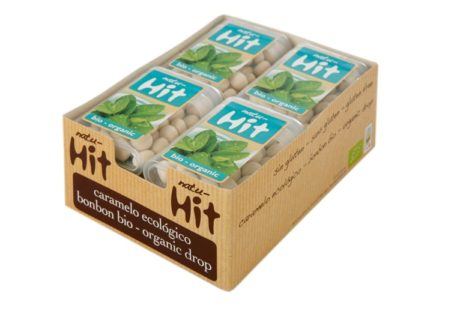The omnipresent phrase ‘may contain’ is one of ‘those deeply annoying facts of life” says the Anaphylaxis Campaign, the charity for people with severe allergies.
So called ‘precautionary labelling’ began to appear in the 1990s and was largely confined to nut warnings. But it has now spread to other allergens and almost all categories of product. Allergy sufferers say that a proliferation of needless or inaccurate warnings makes shopping for basic food staples extremely difficult.
Amid frustration at what these consumers often see as ‘alibi labelling’ the Food Standards Agency has launched a nationwide survey to investigate the use of advisory allergen labelling.
The FSA survey will involve purchasing a range of products from different types of retail outlets – including health food stores. It will then compare the levels of allergens in foods that carry allergen warnings with the levels in similar products that do not carry warnings.
The Anaphylaxis Campaign hopes the results will provide a clearer picture of allergen thresholds and give industry stronger guidance on when it is appropriate, and when it is not, to make factual declarations that a particular food is not suitable for allergy sufferers.





